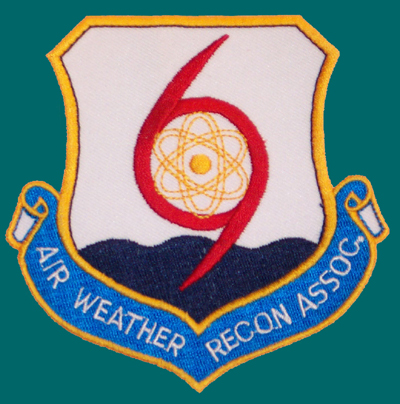
| As
promised, beginning
this month we will post a series of articles covering the units of
weather reconnaissance. These will not be all encompassing
stories, but rather
the standard history data, including lineage, approved emblems,
commanders. Most of the information comes from the Air Force
Weather
History Office at Offutt AFB, NE, and from the 1987 publication: Air Weather Service: Our
Heritage 1937 - 1987 by Markus, Halbeisen, and Fuller. |
1st Weather Reconnaissance Squadron
Air Route, Medium
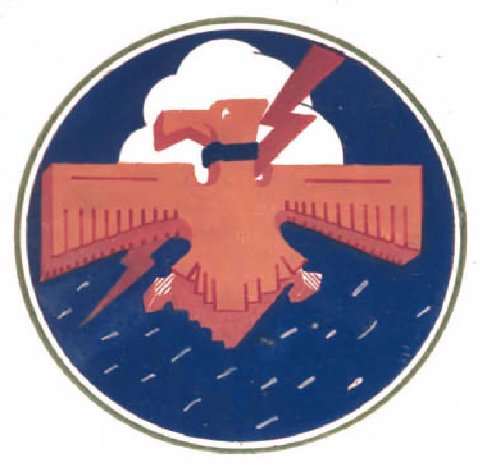 |
|
| Official
USAF Photo/Illustration, Courtesy of National Museum of the USAF |
|
|
| LINEAGE: 16 August 1942: Constituted as the Army Air Forces Weather Reconnaissance Squadron (Test) Number One. 21 August 1942: Activated at Patterson Field, Ohio, and assigned to Headquarters Army Air Forces Directorate of Weather, which further assigned it to the 2nd Weather Squadron (Regional Control). 13 April 1943: Moved to Truax AAF, in Madison Wisconsin. Assigned to Flight Control Command. 23 June 1943: Moved to Presque Isle, Maine 6 July 1943: Assigned to Army Air Forces Weather Wing 21 Dec 1943: Redesignated as the 30th Weather Reconnaissance Squadron, Air Route, Medium and assigned to Air Transport Command (ATC) 5 August 1944: Redesignated as the 1st Weather Reconnaissance Squadron, Air Route, Medium 5 September 1944: Moved to Grenier Field, New Hampshire 9 February 1945: Reassigned to the 311th Photographic Wing, Mapping and Charting 21 Dec 1945: Inactivated |
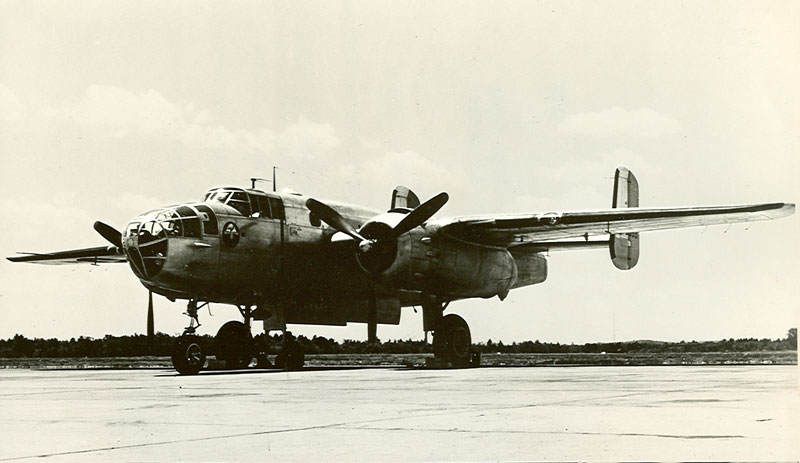 |
|
| Official
USAF Photo, Courtesy of Air Force Weather History Office |
|
|
|
Commanders and Date of
Assignment
21 Aug 1942 1Lt Horace J. Wheeler, Jr. 23 Sep 1942 Capt Arthur A. McCartan 23 Jun 1943 Lt Col Clark L. Hosmer 14 Aug 1944 Maj Karl T. Rauk 14 Feb 1945 Capt Sidney C. Bruce |
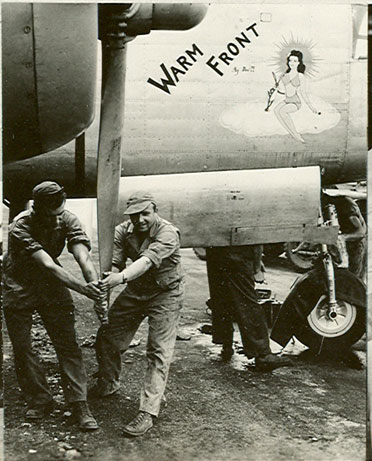 |
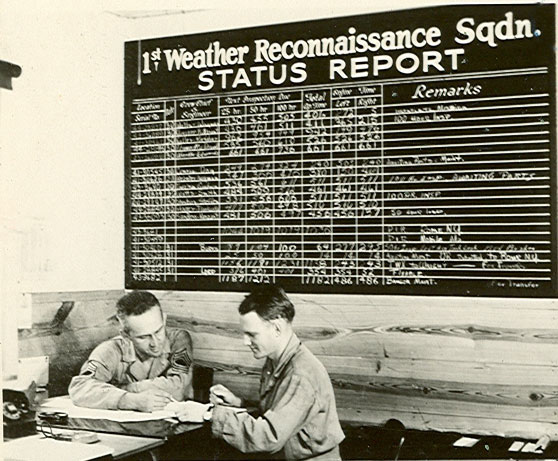 |
| Official USAF Photos, Courtesy of Air Force Weather History Office | |
Return to the Top of the Page